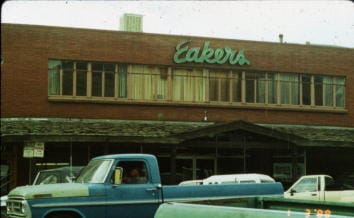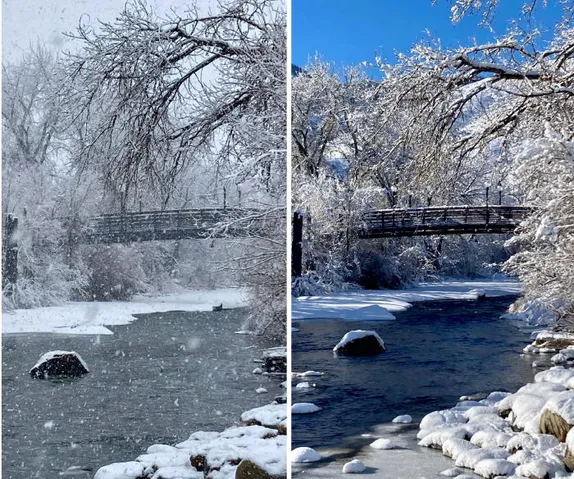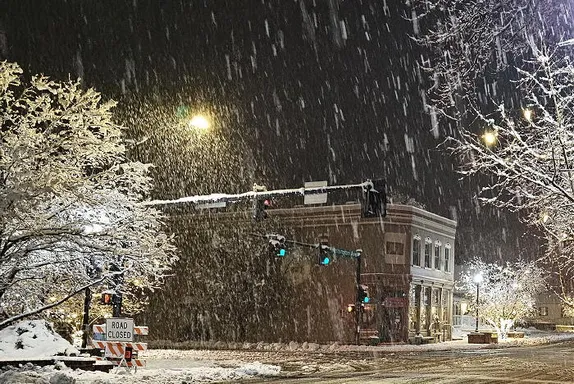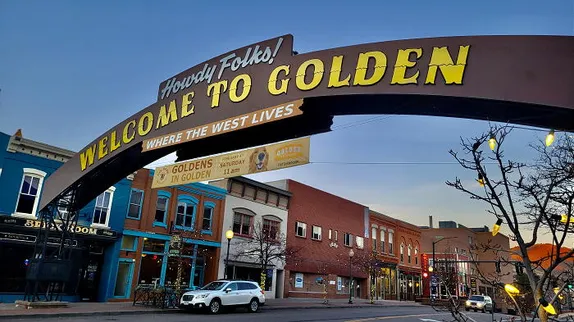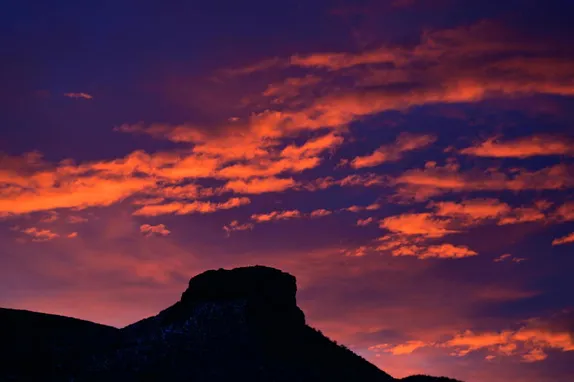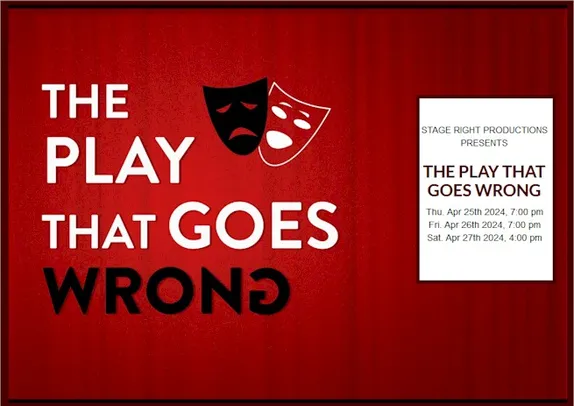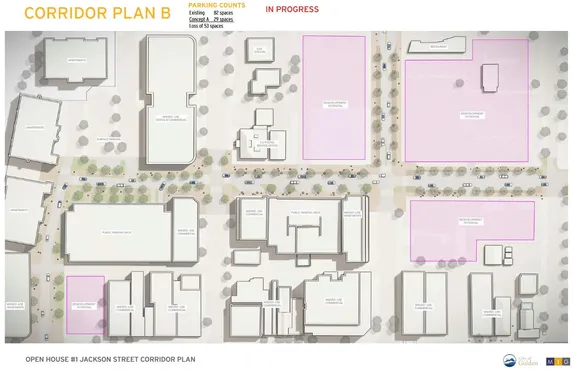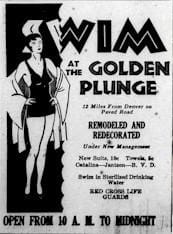
We’re celebrating Martin Luther King Day today, so there will be no mail delivery, and the library is closed. Jeffco Schools and the School of Mines are also closed today.
Regular readers will know that my idea of a good time is to research Golden history. Since work started on the Buffalo Rose, I’ve been researching the history of that building and the one that preceded it–the Overland Hotel. Early Sunday morning I posted (on Facebook) an ad that I found in a 1934 Golden Transcript, promoting the Golden Plunge. That’s the fabled swimming pool under the dance floor in the Buffalo Rose. Apparently I’m not the only one interested in that topic, because in less than 24 hours, more than 4500 people had viewed the image.
The Overland Hotel was built in 1868. It went through many owners over the next 20 years until, sometime in the 1880s, Edward Berthoud (as in Berthoud pass, the town of Berthoud, and Berthoud Hall on the School of Mines campus) bought it. He kept his office and residence on the second floor of the building, and rented out store spaces on the street level. In 1908, at the age of 81, Berthoud fell down the stairs while holding a lighted lamp. The building sustained some fire damage and Berthoud himself died two months later of his injuries.
The building was razed, and the lot stood empty for some time.
In 1922, Grant Churches built a garage on the spot, where he sold and serviced automobiles. In 1927, Churches converted the building to serve as an indoor pool. It was 100’x30′ and 3′ at the shallow end and 9′ at the deep end. The business was popular, but it failed during the Depression.
The Plunge was re-opened by new owners in 1935, and again, it struggled. It was a tourist attraction, so local businessmen wanted the city to buy it and use it as a rec center. Elwood Romney, a coach at the School of Mines, found local investors and reopened the pool in 1938. In the fall of 1939, he built a floor over the pool, so the building could be used during the winter for roller skating, dancing, basketball, etc. The following spring he removed the floor (and sold the lumber) and re-opened the pool.
A labor union bought the building in 1941 and renamed it the Labor Temple. They used it for their own meetings and as a community recreation center. In 1943, the union was ready to sell the building, and once again businessmen tried to get the city to buy it as a rec center. The building was still used for dances, and during WWII it was the home of a scrap drive.
In 1944, Leonard Vogel of the Coors Company bought the Stewart building (the one at 10th & Washington with the Indian painted on the side) and donated it to the community as a recreation center, so that ended talk of the City buying The Plunge.
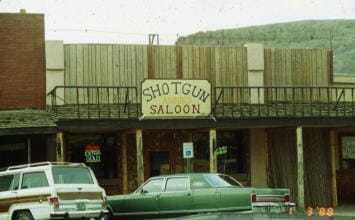
After that, my knowledge of the building is much sketchier, because so far the online Golden Transcripts only stretch to 1948. I know that the Young family ran a restaurant called Dud’s in the spot where the Buffalo Rose bar has been. Sometime after that it was called Shotgun Annie’s. There was a department store called “Eakers” north of the bar. Kenrow’s restaurant was in the back of the building, where the beer garden has been in recent years.
